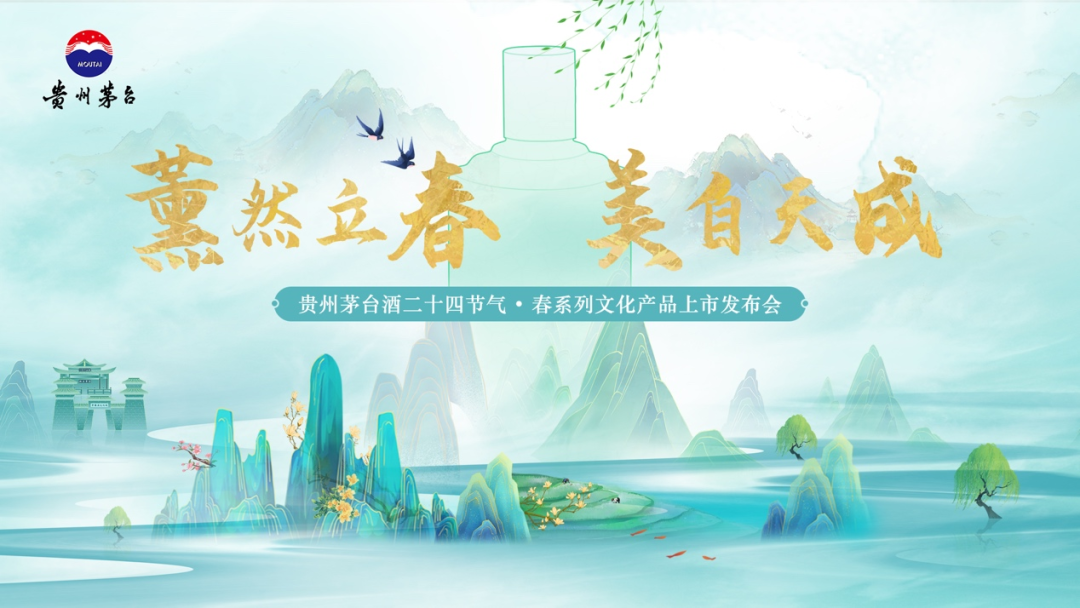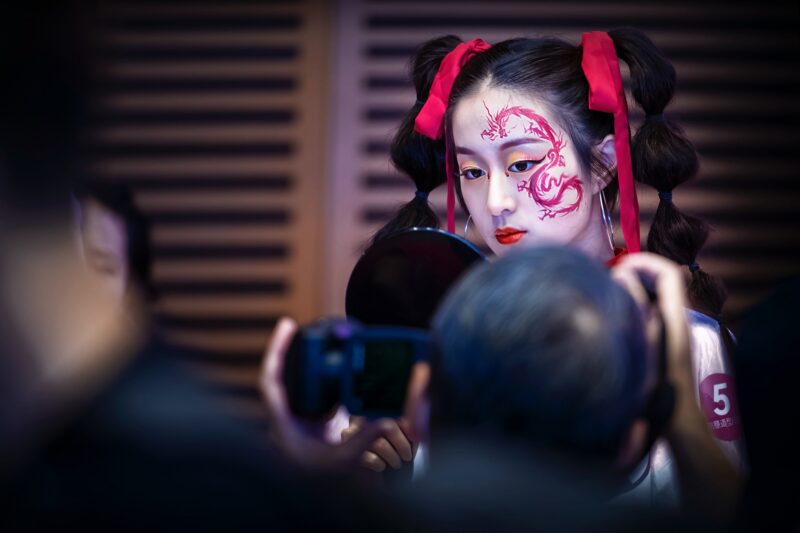Brands looking to make an impact in their marketing campaigns cannot ignore the metaverse (“the internet, but in 3D”), especially if they want to grab the attention of young people. This is no different for alcohol brands like Kweichow Moutai, the maker of China’s top-selling baijiu (Chinese “white liquor”).
In fact, makers of baijiu – rice wine known for its high alcohol content and fiery taste – perhaps have even more reason to dive into the metaverse. Deeply embedded in China’s banqueting culture, this old-school favourite has a hard time staying relevant in the zeitgeist. Kweichow Moutai, the foremost baijiu brand, released an app game in January, offering the incentive of reduced prices on limited edition liquor for successful gameplayers. But how does an app game fit into Kweichow Moutai’s objectives? And is it an effective strategy?
Kweichow Moutai and yingchou culture
There for the Communist Party’s Long March in the 1930s and for Nixon’s visit to China in 1972, Kweichow Moutai has an unquestionable place in Chinese history. The brand’s iconic limited edition bottle designs have made it a highly sought after collector’s item, fetching up to 40,000 USD at major auction houses. But in day-to-day life, Kweichow Moutai is probably most often glimpsed as part of China’s banqueting (yingchou) culture, a type of networking event where guanxi (connections) are established and honoured. In these formal business dinners, successive rounds of competitive drinking of baijiu take place as a way for attendees to show respect for important clients or high-ranking colleagues.
Kweichow Moutai is most often glimpsed as part of China’s banqueting (yingchou) culture
Kweichow’s prominence in this ubiquitous aspect of Chinese white collar culture has helped ensure its success. Kweichow is currently China’s most valuable non-tech company and the world’s most valuable spirits company, valued at 43 billion USD. So why does such a successful brand need to innovate in its marketing campaigns?
Young people occupy a huge chunk of the spirits market and for this demographic more than any other, banqueting is losing its lustre. TV romance dramas, which are primarily watched by young women, increasingly depict banquets as an arena of powerplay, a boy’s club where female employers are either left out or are at risk of sexual harassment. These concerns are borne out in the real world. After an Alibaba employee outed her manager for sexually assaulting her during a work banquet in 2021, opposition to banqueting culture became a rallying cry in China’s own #metoo movement.
Moutai clearly needs to forge brand associations beyond banqueting in the eyes of young people if it wants to retain its dominance in the long-term. In this vein, the brand has made attempts to appear dynamic and trend-oriented, releasing alcoholic ice-cream in partnership with the dairy giant Mengniu in 2022 as well as launching its own e-commerce app in the same year, which now has 10 million users.
Moutai needs to forge brand associations beyond banqueting if it wants to retain its dominance in the long-term.
Building on this, Kweichow Moutai launched the smartphone app Xunfeng Digital World on January 1st in partnership with NetEase, attracting 500,000 players on the first day. In the game, players learn about the baijiu brewing process and complete quizzes about Moutai’s history to earn digital tokens. Players must collect a certain value in these digital tokens to become eligible to buy a limited-edition wine for a reduced price. A 500ml bottle of the Kweichow Moutai Lichun edition – named for the beginning of spring in the Chinese lunisolar calendar – normally costs 2,899 RMB (275 USD) but was trading at up to 400 times that amount on Ali Auction.



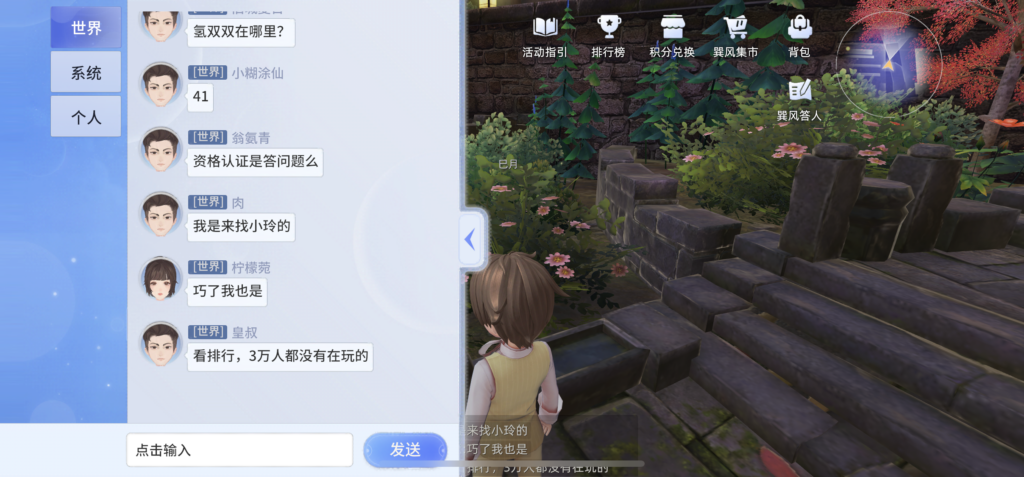
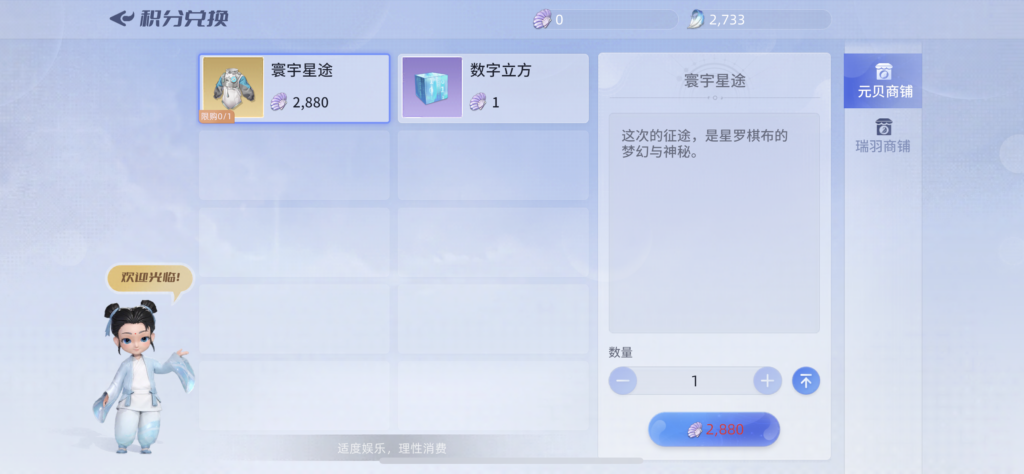
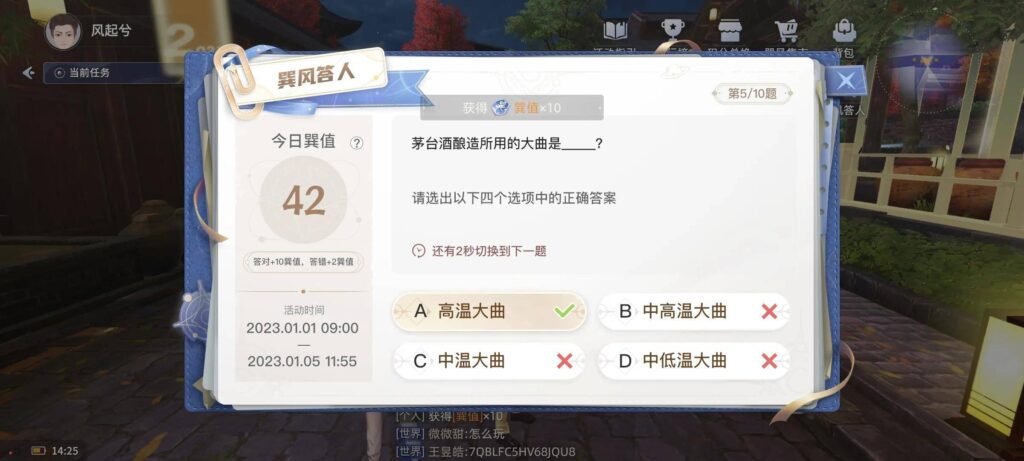
Why gamification works and lessons from Moutai
Rather than attempt to overtly reboot its culturally embedded image, Kweichow Moutai sought to create a new dimension of brand interaction to nudge younger consumers towards an alternative perception of the brand. But can gamification really succeed in creating this positive association?
In theory, yes. Researchers have found that gamification marketing activities significantly increase both satisfaction (short-term, transactional) and brand love (long-term, deeper positive feeling). The latter indicator is particularly significant because, according to the researchers, it is more likely to lead to desirable consumer behaviours, which include spreading the word about a product and remaining loyal to a brand. They also noted that “hedonic value” is crucial in creating this effect, i.e., perceiving a product or brand as fun increases its value in the eyes of the consumer, which in turn fosters satisfaction and brand love.
Perceiving a product or brand as fun increases its value in the eyes of the consumer
But in the case of Moutai’s Xunfeng Digital World, gamification was beset with problems. Whilst the game launch initially succeeded in piquing the curiosity of young people, users have now complained in droves that the odds are stacked against them when it comes to obtaining the limited-edition product. The gameplay is reportedly straightforward, but users noted that it took several weeks of highly repetitive gameplay to gain enough points to be eligible to purchase the Lichun wine at a reduced price. On top of this, Moutai was accused of “cutting leeks”, a slang term for stomping on the oppressed, since in-app purchases were often needed to progress through the game. The overall impression of the game was one of frustration, a fact that was reflected in Xunfeng Digital World receiving a low rating of 2.1 on the app store.
This response points to the importance of game design and user motivation in the success of gamification as a marketing strategy. Careful attention needs to be paid to creating a game that is challenging enough to engage users, whilst ensuring that the end goal is also attainable. As for user motivation, the joint game release and limited-edition product launch centres on Moutai’s status as a collectible item, and doesn’t explore whether there could be a more dynamic way young people can enjoy and relate to this brand.
Moutai’s Xunfeng Digital World highlights the fact that consumers are often more sophisticated than marketeers may realise. Moutai should now harness gamification as an ongoing tool to keep their finger on the pulse of young people’s views towards their brand.




